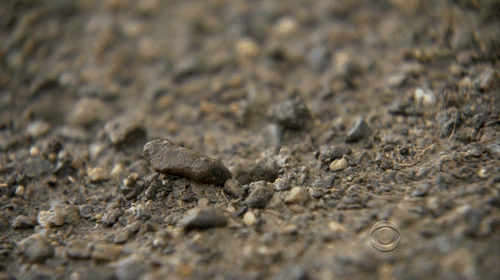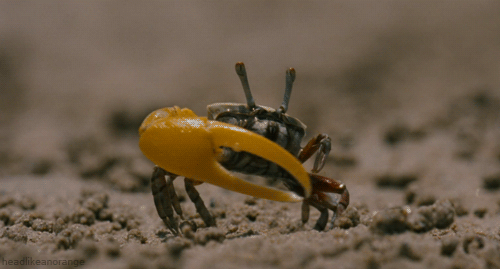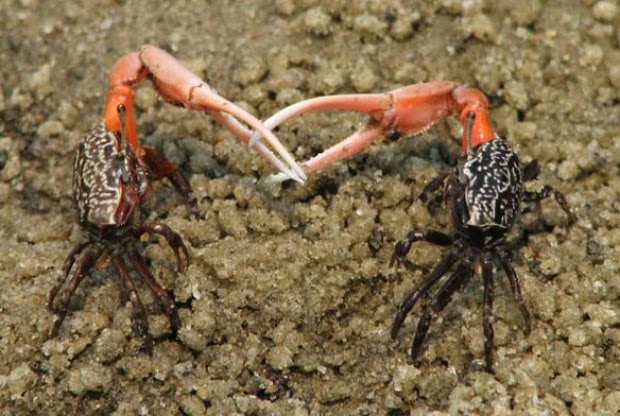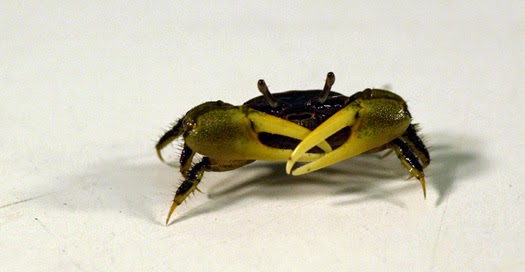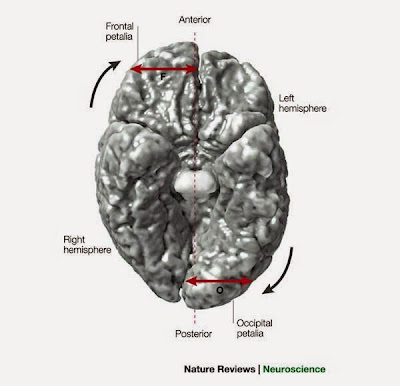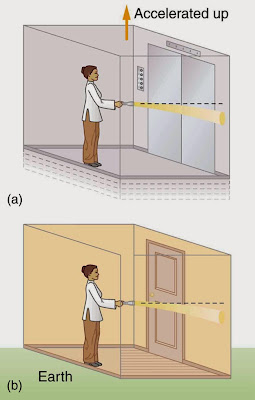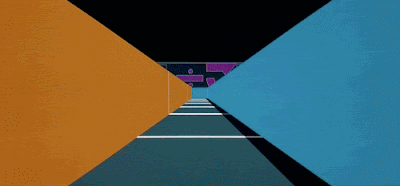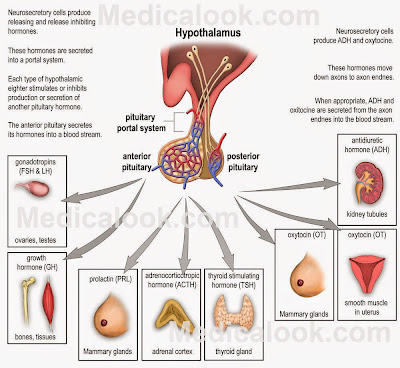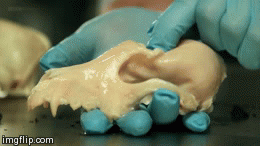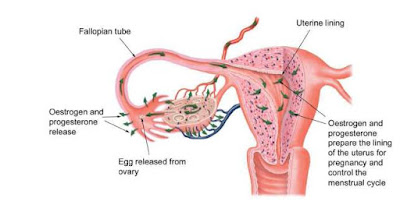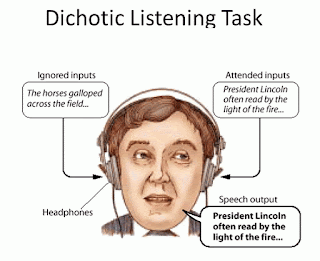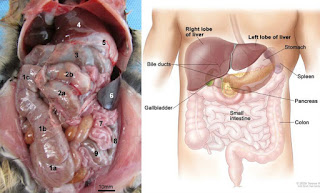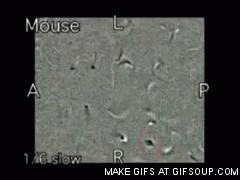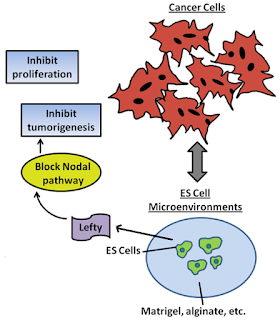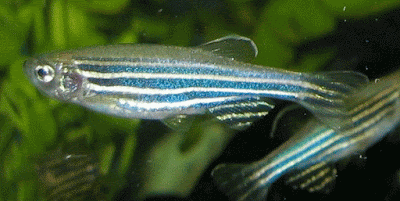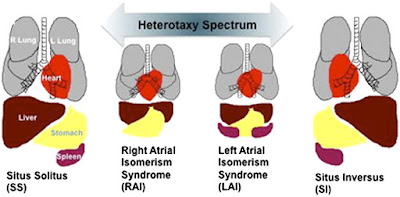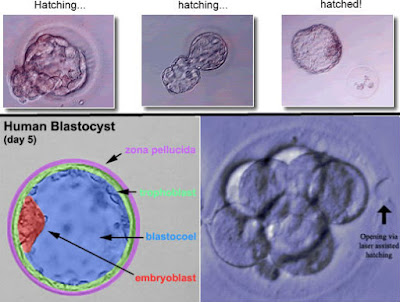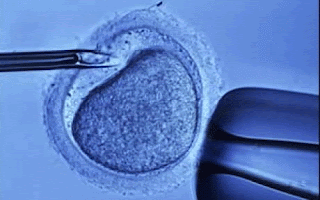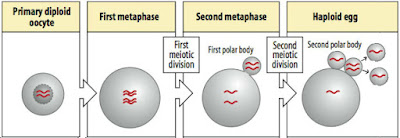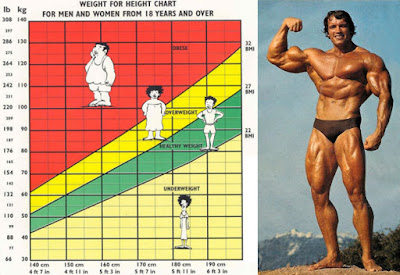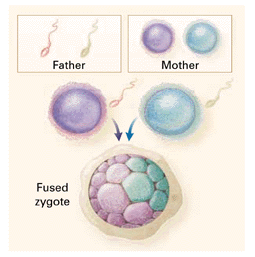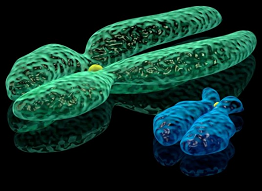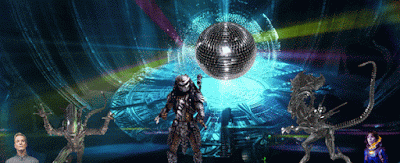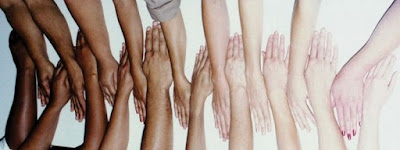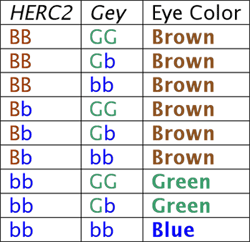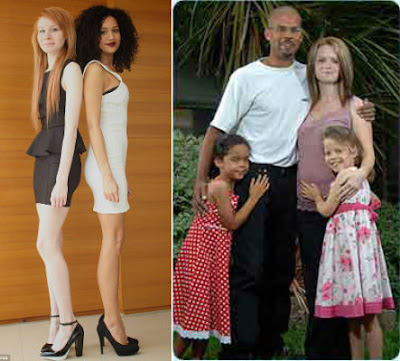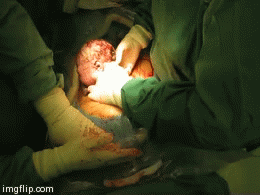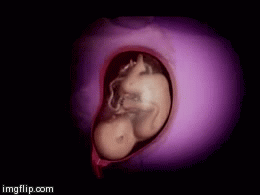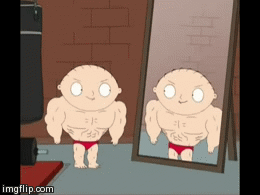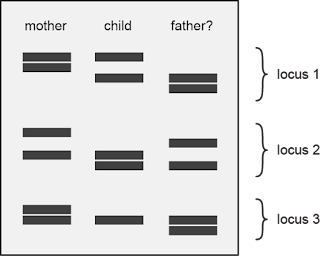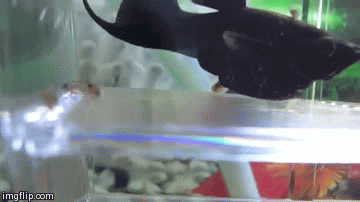Biology concepts – fluctuating asymmetry, mate selection, honest signal, directional asymmetry
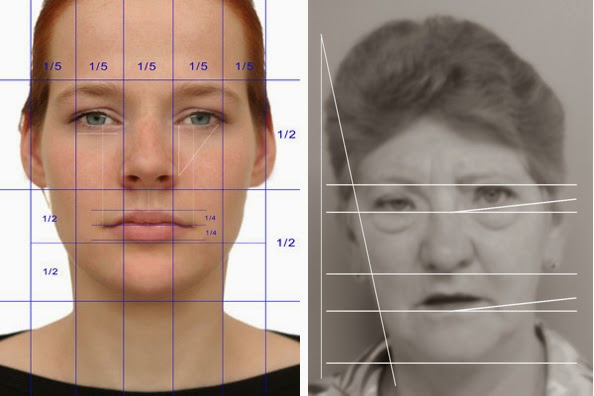 |
Facial symmetry supposedly plays a role in physical beauty, but may represent developmental stability, an ability to resist disease, and of genetic strength. |
Bilateral facial symmetry is thought to play a role in what people think is pretty, and pretty plays a role in mate selection. Why? Because symmetry implies a stable embryologic development and good genes – or maybe not. As Shakespeare wrote in A Midsummer Night’s Dream, “The course of true love never did run smooth;” it applies here.
Bilateral asymmetry takes three forms; fluctuating asymmetry, directional asymmetry, or antisymmetry. In terms of humans and pretty faces, it’s fluctuating asymmetry that we’re talking about.
Take a sharpie and draw a line from the top of your head down to the split in your legs – no, don’t really do it, this is just a thought demonstration. If you were to measure the distance from that midline to the same point on each of your eyes or ears or any body part, the length on the right will be close to the length on the left, but probably not exactly the same.
The same would be true if you measure the heights from the floor to the bottom of some body part like your eyes, or if you measure the length of fingers on each hand. The differences represent fluctuating asymmetry (FA), and your neighbor’s will be different from your own – we say that FA is what gives faces character.
In other words, the more instability there is in the developmental environment, the higher the FA could be. What might stop fluctuating asymmetry from becoming large? Some scientists believe it to be good genes. The instability in the womb could come from disease, toxins, parasites, drugs, stress… who know how many things might be involved.
But if your immune system is strong – partly a genetic trait, then perhaps you could control in utero diseases and FA could be kept to a minimum. For just about any stressor you can imagine, there could be a genetic response that, if healthy and strong, could minimize the damage from the stressor.
In terms of picking a mate, unconsciously sensing low levels of FA suggests to your primitive brain that the genes of this individual might be more adapted to the environment - good potential parent. And that’s all that really matters to an organism at the basal level – having strong offspring.
A 2014 study concluded that males with less body FA are stronger with respect to hand grip. They suggest that since strength is a quality used in mate selection and male competition, increased strength may be one reason why symmetric males are considered better mates – they win out in more intra- and intersexual competitions (they're more appealing and win more fights). Just how symmetry brings strength was not discussed. Together, symmetries are considered to reflect fitness, so in terms of non-verbal communication to potential mates, they are considered honest signals, traits that represent truth about the possessor.
A 2012 study in rhesus monkeys built upon the result of a previous experiment in that macaques stare at symmetric faces longer than faces with higher FA. This was supposed to mean that they preferred the symmetric faces. And there is evidence to suggest that our brain does find symmetry in objects, scenes, and art more pleasurable.
So the 2012 study measured both the FA and the health of female macaques. Using veterinary health standards, number of wounds and weight gain over first four years of life, the females with less FA had the best health. This supported the hypothesis that better genes result in better health.
To my mind, there is also the possibility that less FA leads to being treated better within the group, which results in better overall health. Since primates prefer symmetric images, a symmetric face (the seat of social communication) might result in more food offered, fewer fights, and/or less stress – and therefore a better overall health rating. This idea suggests that better health is a result of symmetry, not the other way around. In this case, wouldn’t facial symmetry be a dishonest signal? Is anyone studying this?
There is evidence that supports this notion, or at least lessens the strength of the symmetry and fitness hypothesis. A 2015 study in Senegal found no link between malaria rates and FA in teenagers. This suggests that FA doesn’t predispose to malaria (lack of fitness meaning higher susceptibility), and that malaria does not increase FA.
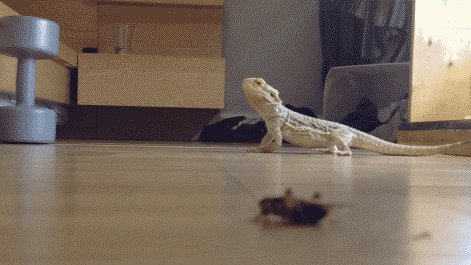 |
FA isn’t just a measure of “beauty.” A 2013 study showed that urban lizards display more FA than rural lizards. The hypothesis is that urban living increases exposure to stress and pollutants, and this manifests as increased FA. If true, tracking FA could be used a measure of pollution and its effect on wildlife. |
One could make a strong argument that humans have inventedtheir way out of needing to rely on finding mates with low FA. Our technology, medicine, and brains have helped us to overcome our environment (sometimes to our detriment) so that a different set of traits might be more telling as to the fitness of partners. Intelligence, puzzle solving, emotional quotient and even tendency to maintain monogamy might be more desirable today. But the instinct to look for low FA has been stuck in our brain by evolution and it doesn’t care about logic.
Why do I bring up emotional quotient and monogamy? Some studies reviewed in 2010 show that lower FA in human males and females correlates with more extramarital or extra-significant other affairs (called extra pair coupling, EPC). Males with more symmetrical bodies sought out more EPC and females who engaged in EPC were more likely to seek out men with low FA. Not a great commercial for symmetry.
It isn’t just humans that sense symmetry and use it for mate selection. The primate studies above show that it extends to macaques, but birds do it was well (as do probably animals in other phyla). Peahens look for symmetric tails in peacocks and barn swallow females look for makes with symmetric and long tail feathers.
(Pararge aegeria)is a great example. The biggest exception of all is that the females prefer asymmetry – a bit.
This European and North African butterfly has two male morphs. One is territorial, it's a paler color and has fewer spots on it’s wings. The other morph is darker, has dark spots and is non-territorial. The territory they fight over is a sunny spot where the light comes through the forest canopy.
Females are more likely to be in the sun, so territorial males will fight over a sunny spot territory. The contest between males is aerial; combinations of acrobatics and duration determine the winner – except when the territory is being defended. Sound a bit confusing?
In 1978, a paper addressed this. The author found that the defender of a territory ALWAYS won the flying competition. It’s a weird way of determining who will probably mate more often if they already know the outcome. A non-territorial male will compete, but will always lose.
The only time the competition isn’t rigged for the defender is when the spot has no owner, or both males believe it to be their territory. Then the flight contest is much longer and more intricate. This is where the asymmetry comes in.
 |
The territorial speckled wood butterfly males seek out sun shafts in the forest. This is where the girls will be, but it also makes them better at the flying competition. Their time in the sun warms them up according to a 1998 paper. Being ectotherms, warmth means they will fly with more energy and win more contests. |
If asymmetry helps win the territory when it is up for grabs, then it will provide more contact with females. This means that this asymmetric (uglier?) male will have more reproductive success and his version of asymmetry will be passed on, if it's genetic.
FA is generally not considered genetic, but directional asymmetry is. The fluctuating asymmetry in the males is low, but the asymmetry that helps win competitions seems to be directional, so it could be genetic. The asymmetry that helps flying is slight, so it is a middling asymmetry that should be passed on. The fact that females and non-territorial males have more asymmetry suggests that keeping asymmetry low is energetically costly (think about it).
Directional asymmetry in the wings has a functional advantage so it is worth the cost, whereas FA is allowed to get larger. It just so happens that directional asymmetry and antisymmetry are our subjects for next week.
For more information or classroom activities, see:
Fluctuating asymmetry -





